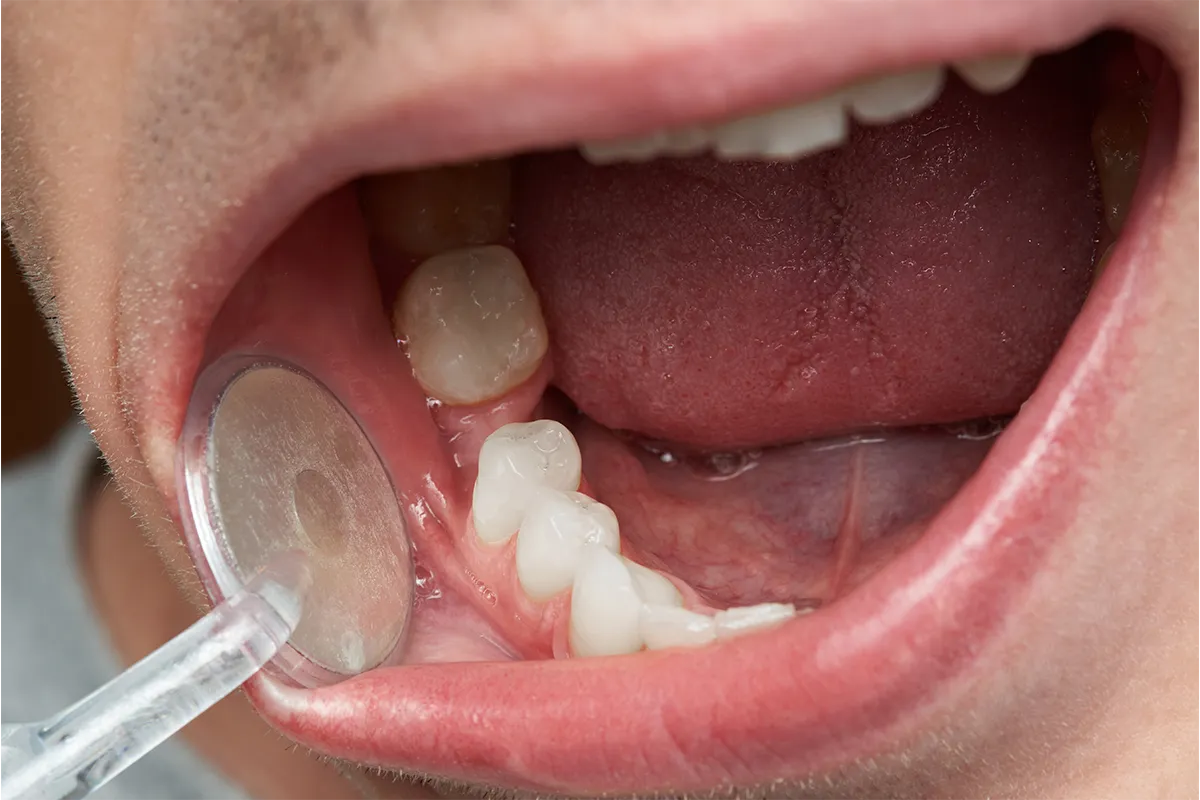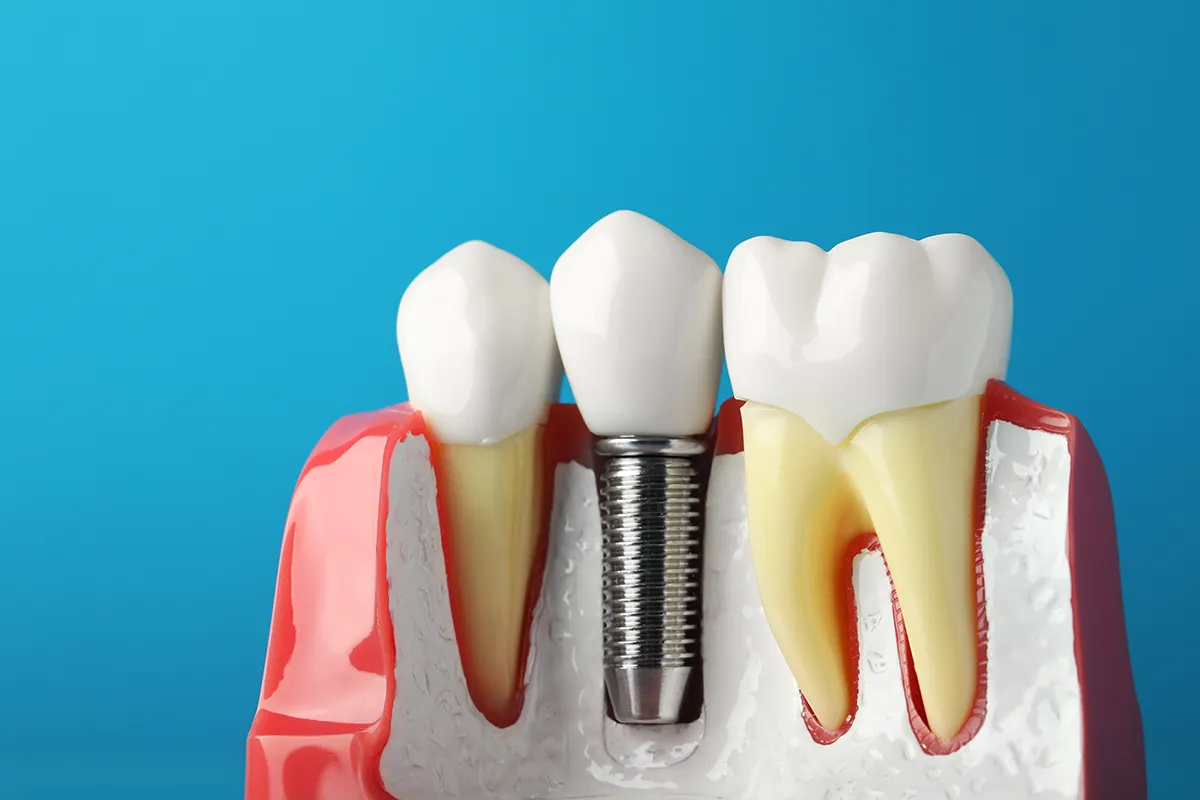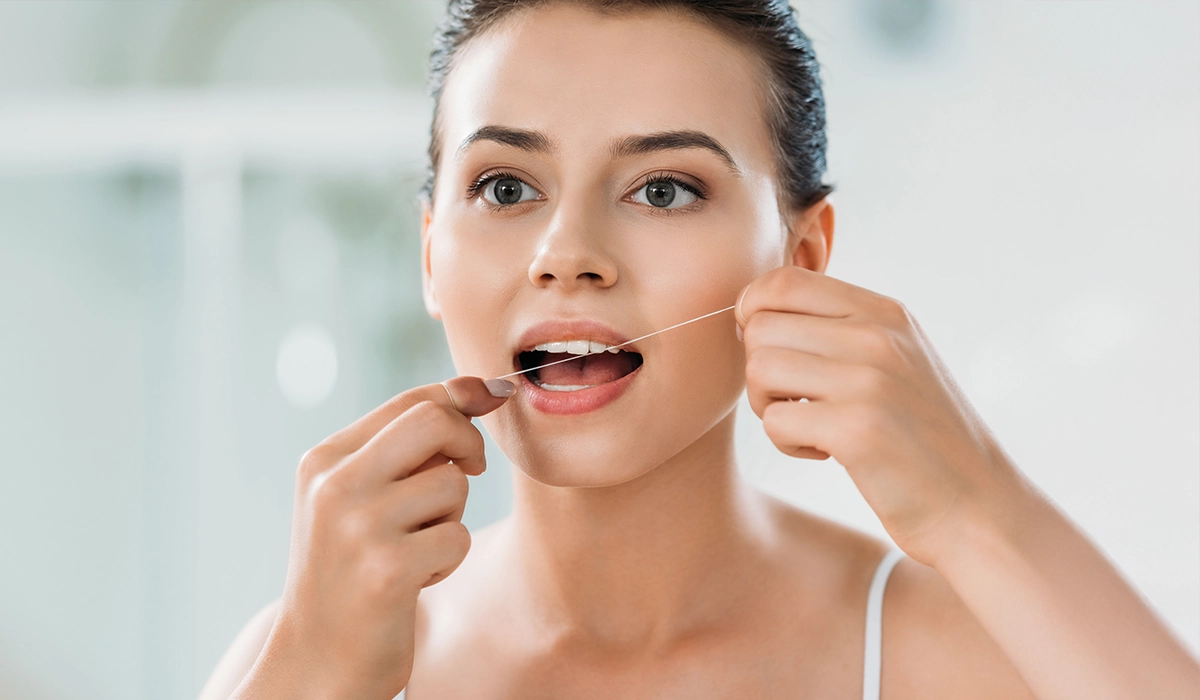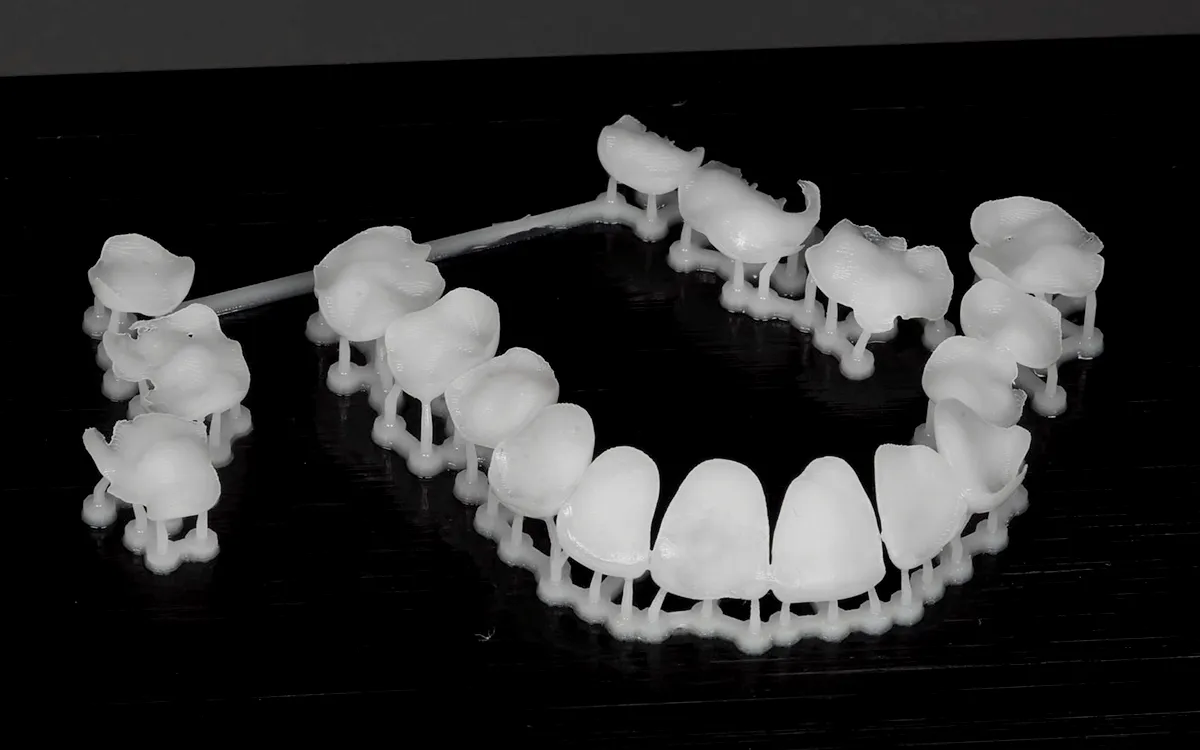
Bye-bye chalky white spots!
From chalky white spots to spotless smiles
Ever spotted those little white patches on your teeth and thought, “What’s going on?” Chalky white spots are more common than you might think, and they can make your smile look a bit patchy or dull. Even if your teeth feel fine, these spots can be a sign of trouble.
For some, these spots pop up after braces, a summer of soft drinks and lollies, or just from quirky enamel from childhood. Luckily, chalky white spots don’t have to stick around. With the right mix of at-home care and professional treatments, you can smooth them out, strengthen your enamel, and flash a confident smile—without having to hide it behind closed lips.
What are chalky white spots, and why do they appear?
Chalky white spots—also known as white spot lesions—are those lighter patches on your enamel that sometimes feel a little rough to the touch. While they might seem harmless at first glance, they’re often an early sign that your enamel has lost some minerals, a process called demineralisation. Left unchecked, this can make your teeth more prone to decay over time.

Before

After
So, what causes these pesky patches? A few common culprits include:
Fluoride imbalance during childhood – Both too little and too much fluoride while your teeth are developing can leave enamel patchy and prone to white spots.
Sugary and acidic foods – Lollies, soft drinks, citrus treats, and other acidic foods can wear down enamel, making chalky spots more noticeable.
Plaque around braces – If plaque hangs around orthodontic appliances for too long, it can cause demineralisation and leave white marks once the braces come off.
Early enamel decay – Sometimes, those white patches are the first whisper of a cavity forming.
Understanding the root cause of chalky white spots is essential—it helps your dentist choose the right treatment and prevents new spots from cropping up.

Can chalky white spots be managed at home?
Yes—there are simple steps you can take at home to strengthen enamel and reduce the appearance of minor spots. But it’s also important to get checked at your regular dental visits. Your dentist can confirm what’s causing the spots and recommend the best treatment for your case.
While deeper or stubborn spots usually need professional treatment, these small steps go a long way in keeping your enamel healthy:
Fluoride toothpaste: Brushing twice a day with a fluoride toothpaste helps strengthen enamel and encourages remineralisation.
Cut back on acidic and sugary snacks: Soft drinks, lollies, and citrusy treats can wear down enamel and make white spots more noticeable. Swapping in water, cheese, or nuts is an easy way to give your teeth a break.
Gentle brushing & flossing: A soft-bristled toothbrush and daily flossing keep plaque under control, which can help prevent chalky spots from worsening.
Remineralising products: Toothpastes, mousses, or gels containing calcium phosphate or casein phosphopeptide can help replenish minerals in weakened enamel.
These at-home steps are excellent for supporting your teeth, but they work best hand-in-hand with professional care to achieve smooth, even enamel and a confident smile.
Professional treatments that work (for real!)
Sometimes, chalky white spots need more than just at-home care. Fortunately, modern dentistry offers a range of effective treatments that can smooth out enamel, even out tooth colour, and give your smile a real confidence boost.
1. Microabrasion
Microabrasion is a quick, minimally invasive procedure that removes a very thin layer of enamel. By gently smoothing out the surface, it can make chalky spots virtually disappear. It’s painless, fast, and often shows visible results after just one session—perfect if you want a noticeable improvement without complex treatments.
2. Resin infiltration (Icon treatment)
Resin infiltration is a gentle, minimally invasive treatment that targets white spots at their source. First, the affected enamel is carefully etched to open up tiny pores, then a tooth-coloured resin is applied. This resin seeps into the etched surface, blending the chalky patches seamlessly with the rest of your tooth so they become far less noticeable.
What makes this treatment so effective is that it strengthens and smooths the enamel without removing healthy tooth structure. No drilling, no discomfort—just a more even, natural-looking smile.

3. Professional whitening
Professional teeth whitening alone won’t erase white spots, but when combined with microabrasion or resin infiltration, it can make your teeth look brighter and more uniform. The combination helps your smile look naturally radiant rather than patchy.
4. Veneers or composite bonding
For deeper or stubborn spots, cosmetic options like porcelain veneers or composite bonding are highly effective. Your dentist can cover the affected areas entirely, giving you a flawless, natural-looking smile that lasts. These treatments not only improve aesthetics but also protect your teeth for years to come.
With today’s professional options, even the most noticeable chalky spots don’t have to stay. A quick chat with your dentist will help you find the right approach—so you can enjoy smoother, brighter teeth, no matter how long those spots have been around.
How to stop chalky white spots coming back
Getting rid of chalky spots is one thing—but keeping them from returning is just as important. Here’s how to protect your enamel and maintain a smooth, healthy smile:
- Maintain daily brushing and flossing.
- Use fluoride-containing dental products.
- Limit acidic and sugary foods and drinks.
- Keep up with regular dental check-ups—every six months is ideal.
- If you have braces or orthodontic appliances, follow your dentist’s extra care routines.
Small daily habits make a big difference. With consistent care, you can keep your teeth smooth, healthy, and free of those pesky chalky patches.

Smooth, bright smiles restored
Chalky white spots might seem small, but we know they can really change how you feel about your smile. The great news is, those spots don’t have to be permanent—there are safe, effective ways to get your teeth looking smooth and naturally bright again.
With the right daily care and a little help from your dentist—whether through resin infiltration, fluoride care, or cosmetic touch-ups—you can enjoy a smile that feels fresh, natural, and healthy.
If those white marks are bothering you, now’s a good time to ask your dentist about the best next step for you.






































